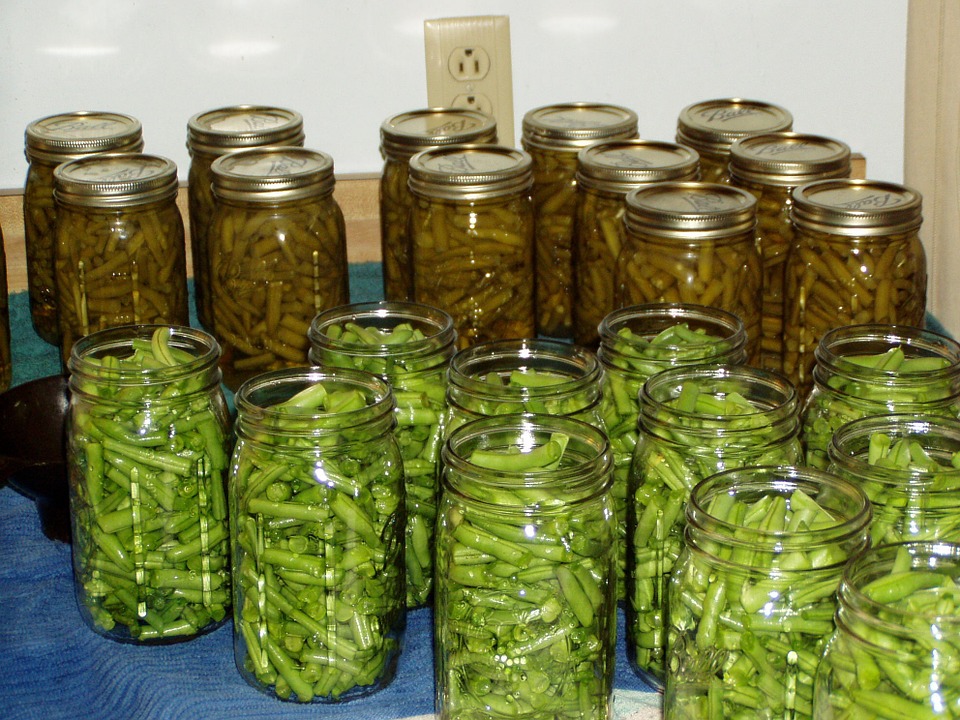As we seek more autonomy over our health and well-being, understanding and utilizing medicinal herbs becomes key. Here’s a closer examination of some of the most effective natural remedies that you should consider including in your health preparedness kit.
Enhanced Insights into Essential Medicinal Herbs
- Echinacea
Properties: Immune-stimulating, anti-inflammatory, antiviral. Historical Uses: Native Americans used echinacea for centuries before it was discovered by European settlers. They applied it to wounds, burns, and insect bites and used it for toothaches and throat infections. Modern Applications: Recent research underlines its efficacy in shortening the duration of the common cold and flu, and possibly reducing the odds of developing colds by stimulating phagocytosis, an immune response in which cells engulf harmful particles.
- Ginger
Properties: Anti-inflammatory, anti-nausea, carminative, and circulatory stimulant. Historical Uses: Ancient texts from India, China, and the Middle East include ginger as a staple in natural medicine, particularly for gastrointestinal distress. Modern Applications: Modern studies confirm its effectiveness in treating nausea associated with pregnancy and chemotherapy. It’s also shown to reduce muscle pain intensity when consumed regularly, and it can help lower blood sugar levels according to some studies.
- Peppermint
Properties: Antispasmodic, carminative, and mild sedative. Historical Uses: Peppermint has been used in herbal remedies for thousands of years for digestive disorders, headaches, and cold symptoms. Modern Applications: Clinically proven to relieve symptoms of irritable bowel syndrome (IBS), including pain, bloating, gas, and diarrhea. Peppermint oil capsules are an FDA-approved treatment for IBS.
Get a Free Subscription to PREPARE Magazine
- Lavender
Properties: Anxiolytic (anxiety-reducing), antidepressant, sedative, and antibacterial. Historical Uses: Used in ancient Egypt for mummification and perfume. The Romans used lavender for bathing, cooking, and scenting the air. Modern Applications: Supported by numerous clinical trials, lavender oil is used in aromatherapy for reducing stress, anxiety, and mild pain. It is also applied topically to help heal cuts, burns, and insect bites.
- Turmeric
Properties: Anti-inflammatory, antioxidant, and hepatoprotective. Historical Uses: Turmeric has been a pivotal medicinal herb in Ayurvedic and traditional Chinese medicine for over 4,000 years, primarily to treat inflammation, skin diseases, wounds, digestive ailments, and liver conditions. Modern Applications: Curcumin, the active component in turmeric, has been shown in clinical trials to be effective in reducing symptoms of arthritis and is being investigated for its potential benefits in managing heart disease, Alzheimer’s, and cancer.
- Garlic
Properties: Antimicrobial, antithrombotic, and lipid-lowering. Historical Uses: Ancient civilizations, including the Egyptians, Babylonians, Greeks, and Romans, used garlic for its therapeutic benefits, particularly in treating respiratory problems, parasites, and poor digestion. Modern Applications: Current research supports garlic’s effectiveness in reducing cholesterol levels, lowering blood pressure, and preventing heart disease. Its allicin content is responsible for its potent antibacterial and antiviral properties.
- Chamomile
Properties: Anti-inflammatory, antispasmodic, and sedative. Historical Uses: Used in ancient Egypt, Greece, and Rome as a medicinal herb for nausea and vomiting or as a salve for wounds. Modern Applications: Chamomile is widely recognized for its effectiveness in treating insomnia and other sleep disorders. It is also used for soothing stomach ailments and as a topical application for skin conditions like eczema.
- Willow Bark
Properties: Anti-inflammatory, analgesic, and antipyretic. Historical Uses: Used throughout history for pain and inflammation; the active ingredient salicin was identified from willow bark and led to the development of aspirin in the 19th century. Modern Applications: Used today as a natural remedy for headache, muscle pain, menstrual cramps, arthritis, osteoarthritis, gout, and ankylosing spondylitis. It’s considered a natural alternative to aspirin, particularly for those who experience stomach upset from synthetic forms.
- Aloe Vera
Properties: Emollient, anti-inflammatory, antifungal, and healing properties. Historical Uses: Aloe vera has been used medicinally since at least the first century AD. It was known as the “plant of immortality” in ancient Egypt. Modern Applications: Aloe is most commonly used topically for sunburns, burns, and other skin conditions. Taken orally, it can help treat constipation and digestive disorders.
- St. John’s Wort
Properties: Antidepressant, antiviral, and anti-inflammatory. Historical Uses: Used by the ancient Greeks and extensively throughout the Middle Ages for its healing properties, especially for wounds and nerve disorders. Modern Applications: Widely used today as a natural treatment for depression, anxiety, and seasonal affective disorder. Research shows that it can be as effective as some prescription antidepressants for mild to moderate depression.
Conclusion
Understanding and using these medicinal herbs can provide a natural way to maintain health and treat common ailments. They offer a way to harness nature’s power for both preventative health measures and active treatment of acute conditions. Remember, while these herbs are powerful, they should complement modern medical advice, especially for serious or chronic conditions.
These detailed insights offer a more comprehensive understanding of each herb’s extensive benefits and applications, illustrating why they are so valuable in a holistic health approach.









